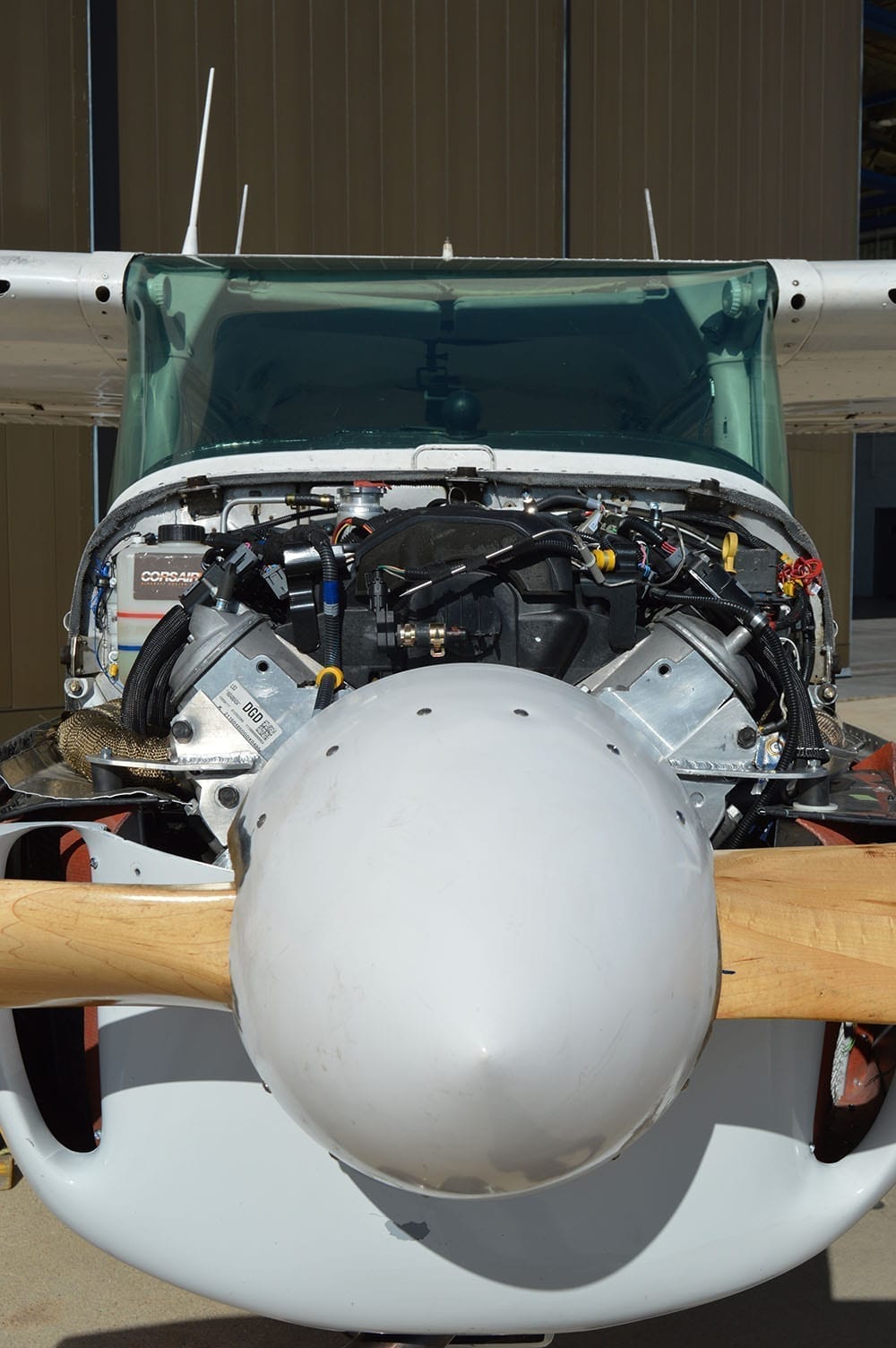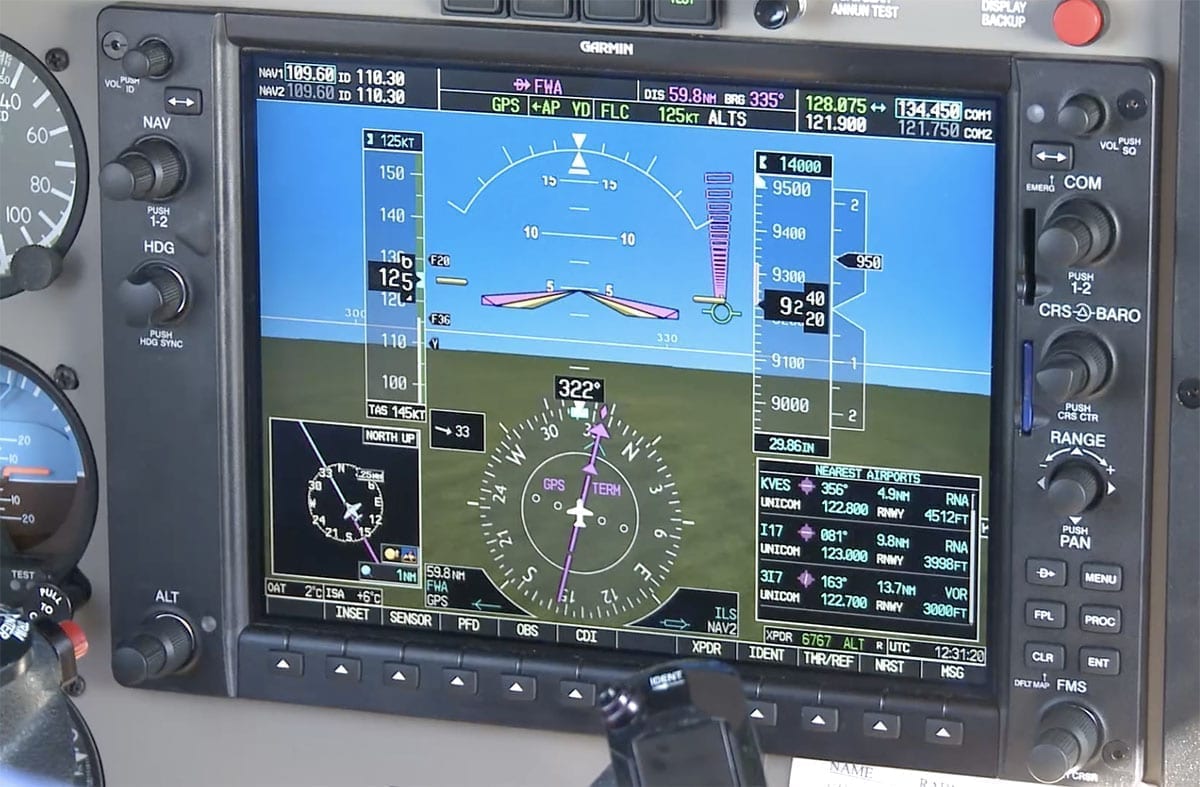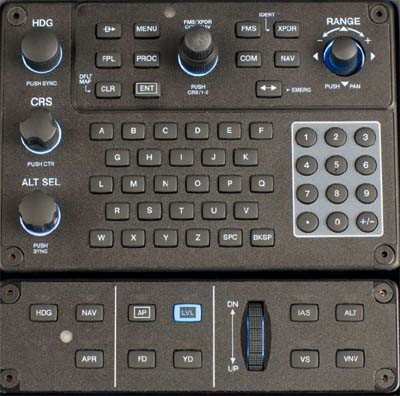
Why it quits—and what to do about it
TechniqueIf you are into the sort of thing that warrants full tanks of fuel for every flight, then you are already in the realm of those who live to read these tales. Otherwise, this one is for you. You see, flying with a half tank of gas when the trip requires more is asking for a prayer at some time before you reach your destination.

How low can your autopilot go?
TechniqueThe Collins autopilot in the King Air 350i did its usual perfect job of flying the ILS. When the radio altimeter system called “100 feet” I bumped the trim switch under my thumb to disengage the autopilot. It handed me the airplane in perfect trim and exactly on centerline over the lights. An easy landing. So was that all legal? Do you know the operating altitude limitations for the autopilot in your airplane?

An engineering approach to the impossible turn
TechniqueThe FAA’s official recommendation on losing power after takeoff is to proceed straight ahead and not to attempt to return to the runway or airport. That existing policy position by the FAA assumes there is an open area available for a successful touchdown. The second assumption is that pilot skill level is not sufficient to execute a 180-degree turn in order to return to landing without stalling and spinning in. Both positions are not much help.

Understanding Vb: turbulence penetration speed
TechniqueIt should be clear that when expecting/encountering turbulence, that pilots should fly a speed that is slower than Va by at least the value of the maximum gust—airspeed gain—they expect to encounter, and higher than Vs1 by the same value for potential airspeed loss. Va is simply too fast!

Ice bridging: the myth that won’t die
TechniqueIce bridging is the idea that if you operate the boots too early, you will stretch the ice but not fracture it. When the boot deflates following the cycle, the stretched ice will remain, with more ice building on top of it. Yet there is not a single test conducted in anyone’s icing research wind tunnel that has been able to replicate ice bridging, nor are there any accidents that document ice bridging as a cause or contributory factor.

The $20 an hour Cessna 172 experiment
TechniqueAlthough I had a GA background and built time as a CFI, I’ve been flying for the airlines for three decades and have been absent from the GA scene, which I mistakenly assumed had long evolved and would now seem foreign to me. After just a few calls, nothing had seemed to change except that the same 1970 vintage 172s were now renting out at $115-$125 per hour.

Low Visibility Takeoffs: How Low Is Too Low?
TechniqueThe big risk that jumps to mind is engine failure during a low visibility takeoff. And that would be a critical situation. But the accident record shows that is an extremely rare event. Given that engine failure itself is uncommon, and that low viz takeoffs are infrequent, the odds of an engine failure during the seconds or couple minutes of a low viz takeoff are very long.

Startle: what it is and how it affects your performance
TechniqueWhen is the last time you heard “Whoop, Whoop, Pull UP!” or “Wind Shear, Wind Shear!” or a loud bang accompanied by a breathtaking yaw or loss of thrust? Have you been in 90 degrees of bank on final following that Gulfstream? The Greeks survived as the underdogs for centuries. In aviation you never know when YOU will be the underdog. How far will you fall before your training catches you?

Icing diversions—an overlooked threat
TechniqueIn a study of icing accidents that I presented as a paper for the American Institute of Astronautics and Aeronautics in 2006, I identified 142 events in which the pilot made the decision to land due to ice accumulation; in 84 of these, the decision was made before any aerodynamic consequences had been encountered. In only 23 of these 142 cases was a successful precautionary landing made.

Stepping down in automation—the real lesson for children of the magenta line
TechniqueVan Vanderburgh and the American Airlines Training Department determined that pilots flying the new automated jets were becoming “Automation Dependent Pilots.” One of Van’s slides defines such a pilot as one who does not select the proper level of automation for the task and loses situational awareness.

High energy approaches: student edition
TechniqueRecently, a video of a Cessna 172 crash into a hangar after landing in Canada went viral. The student pilot got out of it with minor injuries, but the fact that he was just another one saved by Cessna's generous engineers underscores a critical point in training that might have been overlooked. It is a systemic issue across the industry, and it has to be mitigated, like any threat.

It’s annual time! Here’s what you should know
TechniqueAre you ready for your plane’s annual inspection? If you are a relatively new aircraft owner you may not be anticipating your upcoming (and, hopefully not too expensive) mandatory trip to the airplane doctor. Here are a few steps.

What’s different about flying jets
TechniquePilots of piston airplanes wonder what it’s like to fly a jet. Do I need different pilot skills? What are the sensations? Just what is it that makes jet flying different from piston powered airplanes? Here are some answers.

The clean wing—not just a concern in winter
TechniqueThe vast majority of GA pilots will no doubt have a firm understanding of the clean wing policy when it comes to winter operations. The question we have to ask ourselves though, is do we realise that the same aerodynamic risk exists all year round?

A young pilot’s plan to eliminate get-there-itis
TechniqueMost of us have a Plan B in mind but it might not be developed into a concrete plan and often is not executed in time to put it into action. This is where Dylan's plan works beautifully and has been very successful for both him and the company. One of the key elements of the plan is that it be implemented 24 hours before the scheduled departure.

Recovery from spirals with the LVL button
TechniqueIn a flight in a Cirrus SR22, it was mentioned in passing that the LVL function on the Garmin autopilot is not taught for unusual attitude recovery. A flight in the RV-9A, equipped with a Garmin G3X Touch system, was then made to evaluate the LVL function for spiral recovery. These flight tests clearly indicate that the FAA technique is not always required for all airplanes.

The route to a special issuance medical
TechniqueOne day, I’m enjoying retirement, flying when and where I want, and life is good. The next day, my cardiologist calls. That routine stress echocardiogram two days ago showed “a problem” with a coronary artery. Now what?

The 180-degree turn: a life-saving maneuver for all pilots (even test pilots)
TechniqueUnder certain circumstances, a 180-degree turn is the greatest life-saving maneuver that can be performed in an aircraft. I can personally attest to this fact, as it is highly likely that I’m here writing this thanks to a certain 180-degree turn that I made many years ago. That also applies to my three passengers at the time, hopefully still happy and healthy, wherever they may be.

Threat and Error Management for the GA Pilot
Technique“Threat and Error Management” has become synonymous with the airline industry and particularly within the major carriers who, due to the sheer scale of operations, require structured solutions to risk. This does not mean we are risk adverse as an industry; it can't by the very nature of what we do. But it does mean we have to manage risk in a way that always keeps us in the middle of the envelope.

Automated flight—are you ready?
TechniqueOnly a few years ago, a fully integrated automatic flight control system (AFCS) with an autothrottle was the sole domain of the air transport aircraft and heavy iron business jets. However, today’s AFCS with autothrottle (AT) are becoming common on single engine turboprops. Are you ready?
